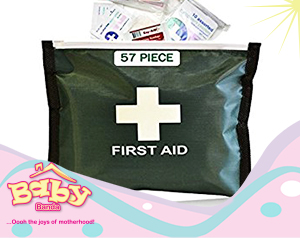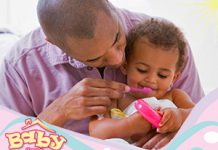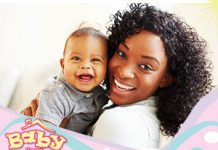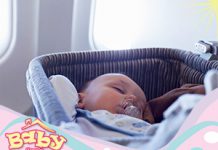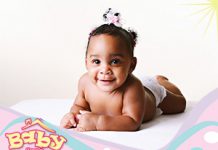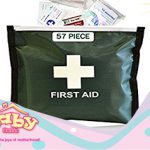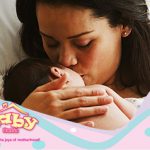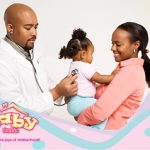Babies are delicate beings that need a lot of care and attention as they grow up and become independent. However, taking good care of your baby does not guarantee that they will not get sick or hurt. It is for this reason that many mums in Kenya invest in a first aid kit that makes it possible for them to deal with minor problems when at home or even when travelling. These kits are sold in a number of chemists or baby shops and are quite affordable. In most cases, they are prepackaged with basic items that are considered essential for mums and babies.
The customised kit may be placed in a central location in the home and transferred to the car when travelling. However, some parents may decide to have more than one first aid kit that can be used in the car and house respectively. We recommend however the importance for you as a mum to go beyond the norm and personalise your baby’s first aid kit to meet certain basic criteria.
Some of the “must-have” items to have in your first aid kit at home include:
• Baby thermometer
The best thermometer for your home first aid kit is the digital ones because they are easier to use and give accurate results. However, it is important to learn how the thermometer works either by reading the buying guide or having the salesman at the shop demonstrate its use.
• Oral syringe
Most babies have a hard time taking medicine from a spoon, which makes it important for mums to invest in an oral syringe. The syringe or plastic dropper makes it easier to squirt medicine in small amounts into the baby’s mouth making it easier to swallow.
• Paracetamol
Pain relief medicine for babies is usually used to lower fever or even ease pain in different situations. It is common for babies to be in pain or have fevers after getting their scheduled jabs resulting in the need to give them medicine to relieve their pain.
• Medicated Ointments
Antibacterial ointments are also important to have in the first aid kit as they help prevent infections. These infections are common from cuts or even scrapes that are common with young children.
• Hand sanitiser
Hygiene is very important when performing first aid on your baby or toddler requiring you to wash your hands before handling them. However, using a sanitizer is also sanitary and should be part of your kit whether at home or travelling.
• First Aid Manual
Being aware of the right action to take when your child has a medical emergency can make the difference between life and death. Therefore, it is important to have a pocket-sized manual with information on various first aid procedures to be used on babies or slightly older children.
• Emergency numbers and information
Write out contact information for emergency situations such as your doctor’s number, close relatives and nearest hospital among others for easier reach. You could include you and your partner’s number as well and place them in the first aid kit if you leave your baby under the care of a nanny.



